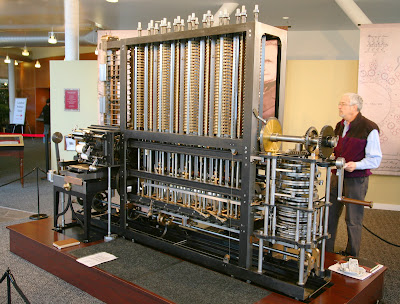WEEK 1: From ENIAC to iPad: Moments from IT History
19th century
The first mechanical computer was invented by English mechanical engineer Charles Babbage in the early century. It was called "Difference Engine". The mechanical computer was designed to tabulate polynomial functions. "Difference Engine" was failed due to the lack of technology at the time. Babbage began work on a new project called "Analytical Engine," but due to his death, he was unable to complete it. His son Henry was also interested in developing new technology that would benefit humans. He finished the project and introduced it into society in 1906.
20th century
Interesting fact: Do you know that early computers developed in the 1900s, was installed to submarine to solve a problem with firing torpedoes at moving targets?
Earlier in 20th century:
Because of the Spanish flu pandemic, World War I and II, scientists wanted to invent new technologies that would aid them in World Wars. During World War II, the United States developed the first programmable computer ENIAC which had a primary function of computing artillery firing tables. However, the general-purpose programmability of ENIAC excited society. Because of its electronic capabilities, ENIAC could program anything 1000 times faster than any previous computer.
After 1950, scientists decided to make computers more comfortable. As you can see from the picture on the bottom of the text, ENIAC was too big to carry.ENIAC weighed 30 tons, took up 1,800 square feet of space, and was made of 17,468 vacuum tubes, 1,500 relays, 70,000 resistors, 10,000 capacitors, and nearly five million hand-soldered joints.







Comments
Post a Comment